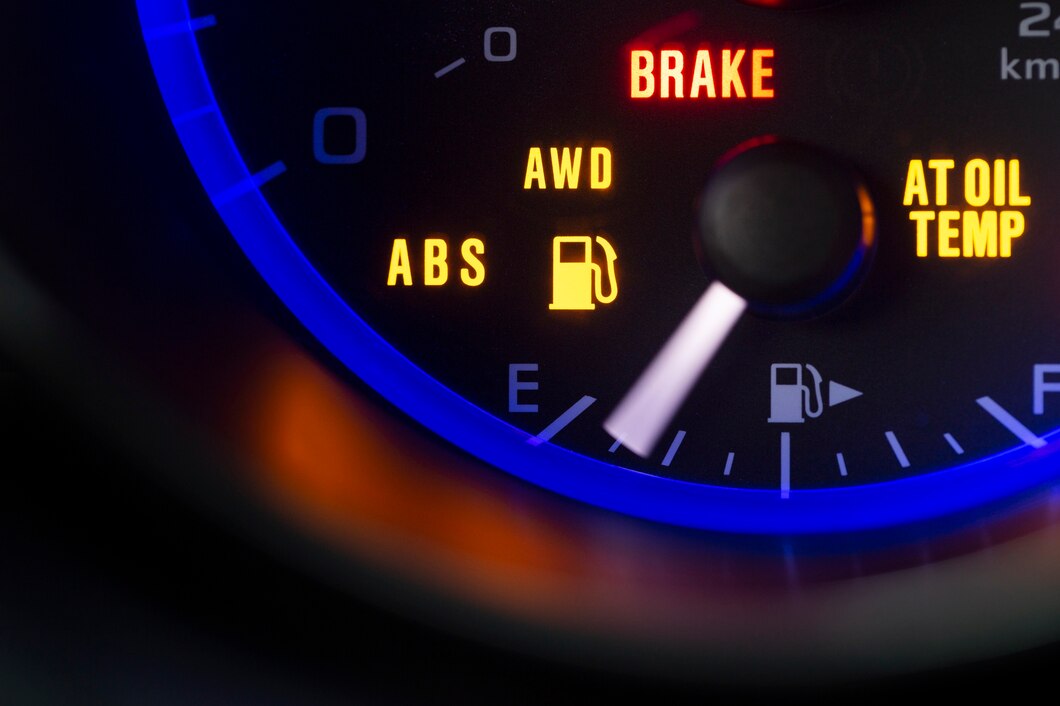Ensuring your car is safe to drive is essential for your safety and the safety of others on the road. Regular maintenance and prompt attention to warning signs can prevent accidents and costly repairs. Here are some early signs that your car may not be safe to drive, and what you should do about them.
1. Warning Lights on the Dashboard
Significance:
Modern cars are equipped with various warning lights on the dashboard, designed to alert you to potential issues. Common warning lights include the check engine light, ABS light, brake light, and tire pressure warning light.
Action:
Never ignore these lights. Consult your owner’s manual to understand what each light means, and address the underlying issue promptly. A diagnostic scan can help pinpoint the problem.
2. Unusual Noises
Significance:
Unusual noises such as grinding, squealing, knocking, or clicking can indicate problems with various parts of your car, including the brakes, engine, transmission, or suspension.
Action:
Pay attention to where the noise is coming from and when it occurs (e.g., while braking, accelerating, or turning). Have a mechanic inspect your car to identify and fix the source of the noise.
3. Vibrations or Shaking
Significance:
If you feel vibrations or shaking, especially through the steering wheel or seat, it could indicate issues with the tires, wheel alignment, suspension, or brakes.
Action:
Check your tires for uneven wear, proper inflation, and balance. If the problem persists, have your car inspected by a professional to identify and correct the cause of the vibrations.
4. Brake Issues
Significance:
Problems with your brakes can severely compromise your car’s safety. Signs include a spongy or hard brake pedal, grinding or squealing noises, a burning smell, or the car pulling to one side when braking.
Action:
Have your brakes inspected immediately if you notice any of these signs. Brake pads, rotors, and fluid should be checked and replaced as necessary to ensure your brakes function correctly.
5. Fluid Leaks
Significance:
Leaking fluids can indicate serious issues with your car’s engine, transmission, cooling system, or brakes. Common fluids include oil, coolant, brake fluid, and transmission fluid.
Action:
Identify the color and smell of the leaking fluid to determine its type. For instance, oil is typically brown or black, coolant is usually green or orange, and transmission fluid is red. Have the leak inspected and repaired by a professional.
6. Tire Problems
Significance:
Your tires are crucial for safe driving. Signs of tire problems include low tread depth, uneven wear, cuts, bulges, or frequent loss of pressure.
Action:
Regularly inspect your tires for damage and check the tread depth. Replace tires that are worn or damaged, and ensure they are properly inflated and balanced. Rotate your tires regularly to promote even wear.
7. Steering Issues
Significance:
Difficulty steering, unusual noises while turning, or the steering wheel not returning to center can indicate problems with the steering system or suspension.
Action:
Have your steering system inspected if you experience any issues. Problems could be related to the power steering fluid, steering rack, or suspension components.
8. Electrical Problems
Significance:
Electrical issues can affect various systems in your car, from the headlights and indicators to the ignition and battery. Signs include flickering lights, unresponsive controls, or difficulty starting the car.
Action:
Check the battery and alternator, and inspect fuses and wiring for any signs of damage or wear. Have an electrician or mechanic address any electrical issues.
9. Smoke or Burning Smells
Significance:
Smoke or burning smells can indicate overheating, oil leaks, electrical shorts, or brake problems. Any of these issues can be dangerous if left unaddressed.
Action:
If you notice smoke or a burning smell, pull over safely and turn off the engine. Identify the source of the smoke if possible, and have your car inspected and repaired before driving it again.
10. Excessive Exhaust Emissions
Significance:
Excessive exhaust emissions or unusual smoke colors (blue, black, or white) can indicate engine problems, such as oil burning, coolant leaks, or fuel system issues.
Action:
Have your engine checked if you notice unusual exhaust emissions. Addressing the underlying issue promptly can prevent more serious engine damage.
Maintaining a safe vehicle is crucial for your well-being and that of others on the road. By paying attention to these early warning signs and addressing issues promptly, you can ensure your car remains safe to drive. Regular maintenance, timely repairs, and being attentive to changes in your car’s performance can help prevent accidents and costly breakdowns. Stay proactive and vigilant to keep your vehicle in top condition.











